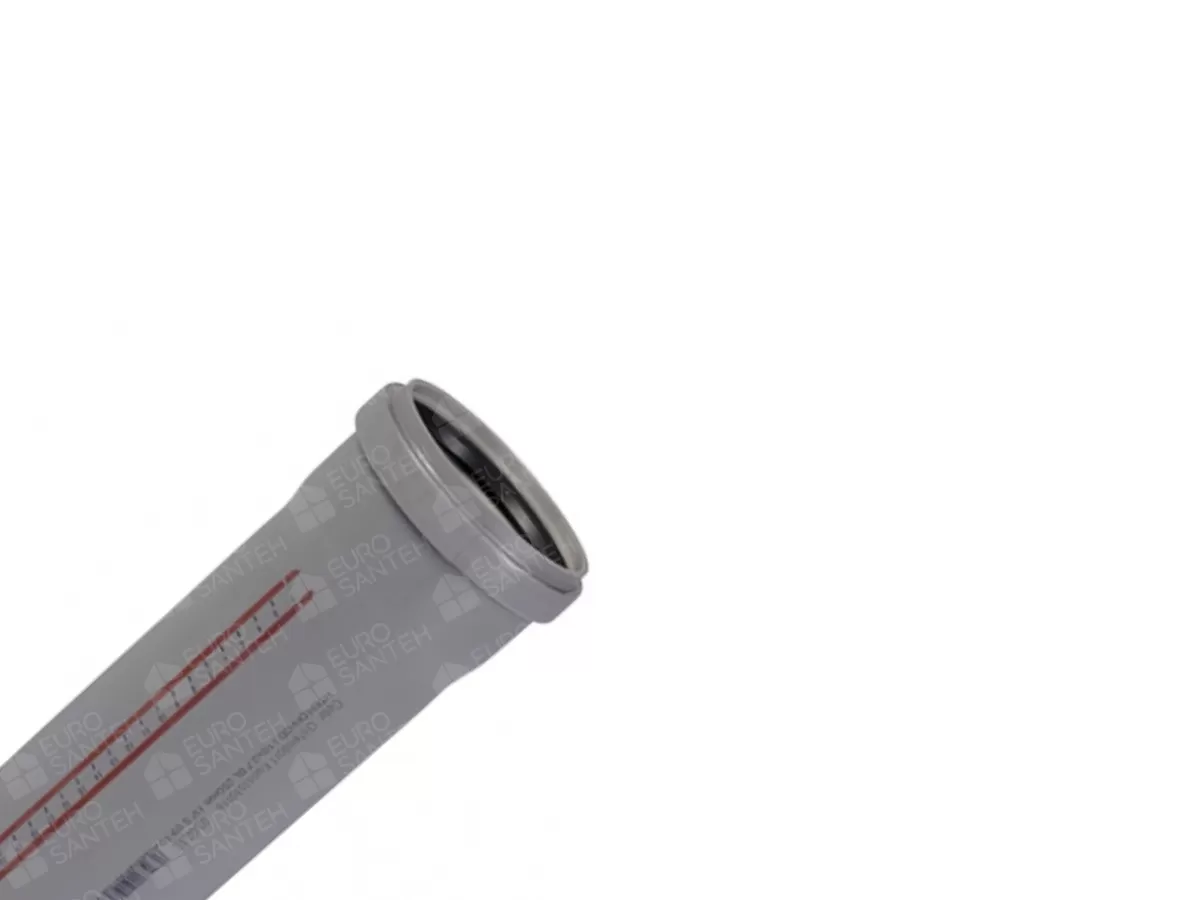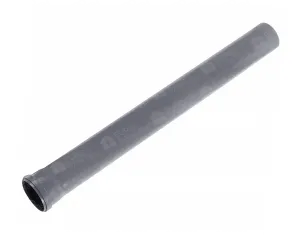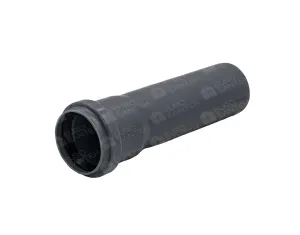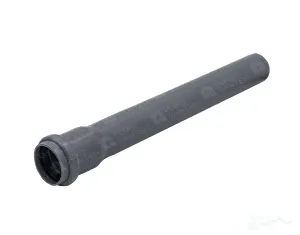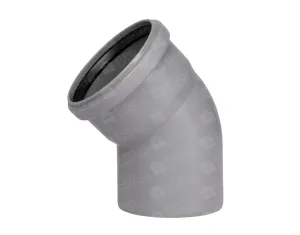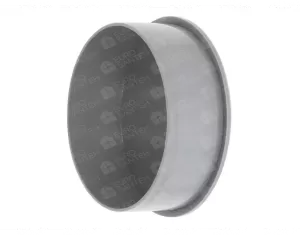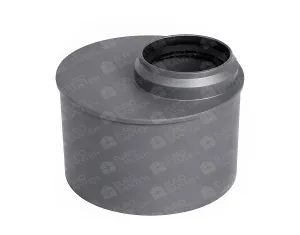Sewer pipe made of polypropylene (PPR) d.40, length 3m
The polypropylene (PPR) drain pipe is an integral component in sewerage systems, having a diameter of 40 and a standard length of 3.0 meters. This pipe is made from polypropylene, a material known for its corrosion resistance and durability in sewer environments. Its main application is in sewerage systems, where it ensures efficient removal of wastewater and other liquids.
Polypropylene (PPR) is a thermoplastic polymer that offers many benefits in the drainage industry. Being a non-corrosive material that is resistant to chemicals and high temperatures, PPR is ideal for constructing drainage and sewerage systems. The standard 40 diameter is selected to ensure sufficient flow in a variety of sewer systems.
Strength is one of the main characteristics of PPR pipes. They withstand harsh operating conditions such as high pressure and temperature without losing their structural integrity. The 3.0 meter length provides installation flexibility and can adapt to a variety of sewer configurations.
Efficiency is guaranteed by the optimal PPR pipe design, which minimizes the risk of clogging or waste accumulation. This allows fluids to flow freely and continuously, reducing the risk of clogging and the need for constant maintenance.
Cost savings are another major benefit of using PPR pipes in sewer systems. Their durability means they require fewer replacements and repairs, and their corrosion resistance reduces the risk of premature wear. Thus, the initial cost of PPR pipes pays off in the long run through reduced maintenance and repair costs.
Conclusion: The 40 meter diameter and 3.0 meter long polypropylene (PPR) drain pipe is an ideal choice for sewer systems due to its durability, efficiency and long-term cost savings. It is an integral element in the construction and optimal functioning of wastewater and sewerage infrastructure.
| Type: | Pipe |
| Diameter, mm: | 40 |
| Length, m: | 3,0 |
| Body material: | PPR |
| Color: | Gray |


